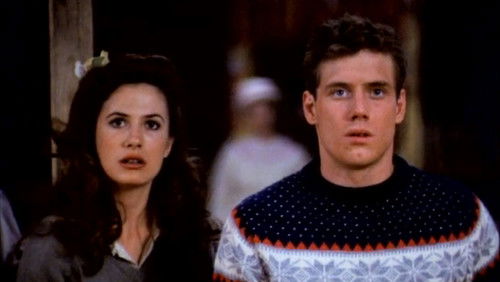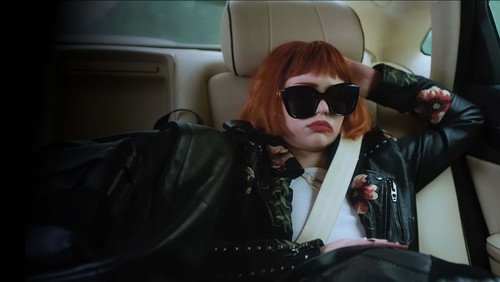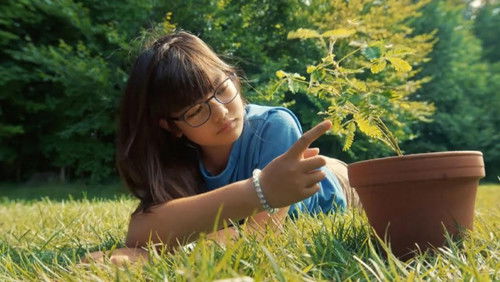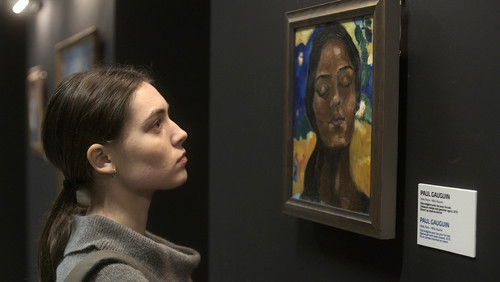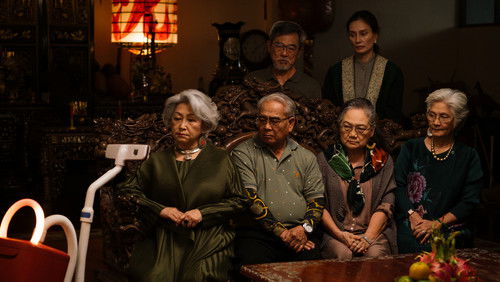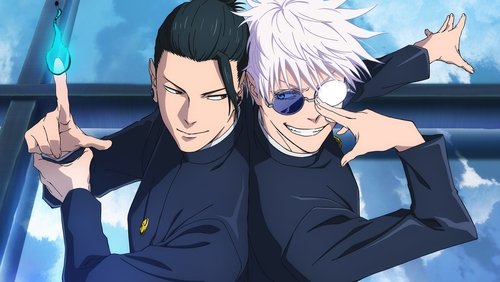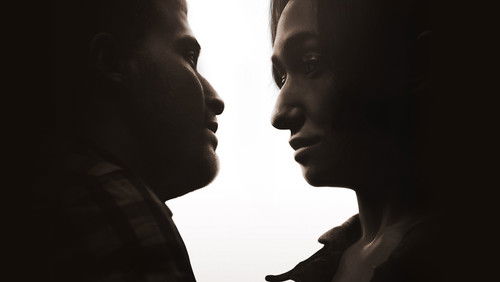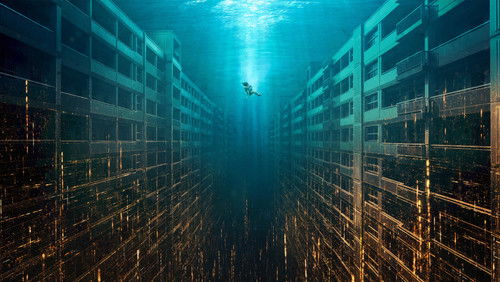Sanbiki no samurai (1964)
41KSanbiki no samurai: Directed by Hideo Gosha. With Tetsurô Tanba, Isamu Nagato, Mikijirô Hira, Miyuki Kuwano. When poor peasants kidnap a magistrate’s daughter to coerce him into reducing their unfair taxes, a wandering ronin decides to give them some help.
“This one is Goshau0026#39;s first directorial attempt, and what a debut! Though some of the performances are occasionally a bit overwrought, there are also many instances where Gosha reveals his sense of the camera. u003cbr/u003eu003cbr/u003eOf course, there are Goshau0026#39;s typical studied camera angles and compositions (you see some interesting u0026quot;moving camerau0026quot; work, which significantly predates the attempts of u0026quot;pioneeringu0026quot; US directors). However, u0026quot;Sanbiki no samuraiu0026quot; also showcases Goshau0026#39;s ability to tell a story through facial expressions, rather than simply relying upon dialogue.u003cbr/u003eu003cbr/u003eThis is all film-school wankery. The bottom line is that u0026quot;Sanbikiu0026quot; is a gripping chambara flick, with a solid morality tale disguised as a cynical amorality tale. (Note that a common theme through many Japanese u0026quot;chambarau0026quot; is that of cynical ex-samurai who ultimately decides to risk life and limb for some hopeless but noble u0026quot;little guyu0026quot; cause.)u003cbr/u003eu003cbr/u003eThis theme was repeatedly, um, emulated by the likes of Sergio Leone with his spaghetti westerns. However, my point is that such tales are just plain entertaining. The three actors playing the samurai also turn in great performances. u003cbr/u003eu003cbr/u003eViewers new to Hideo Gosha may wish to start with u0026quot;Goyokinu0026quot; or u0026quot;Hitokiriu0026quot; (a/k/a u0026quot;Tenchuu0026quot;), but if youu0026#39;ve seen those two already (or if theyu0026#39;re already checked out), then this is still a definite movie to catch!”

